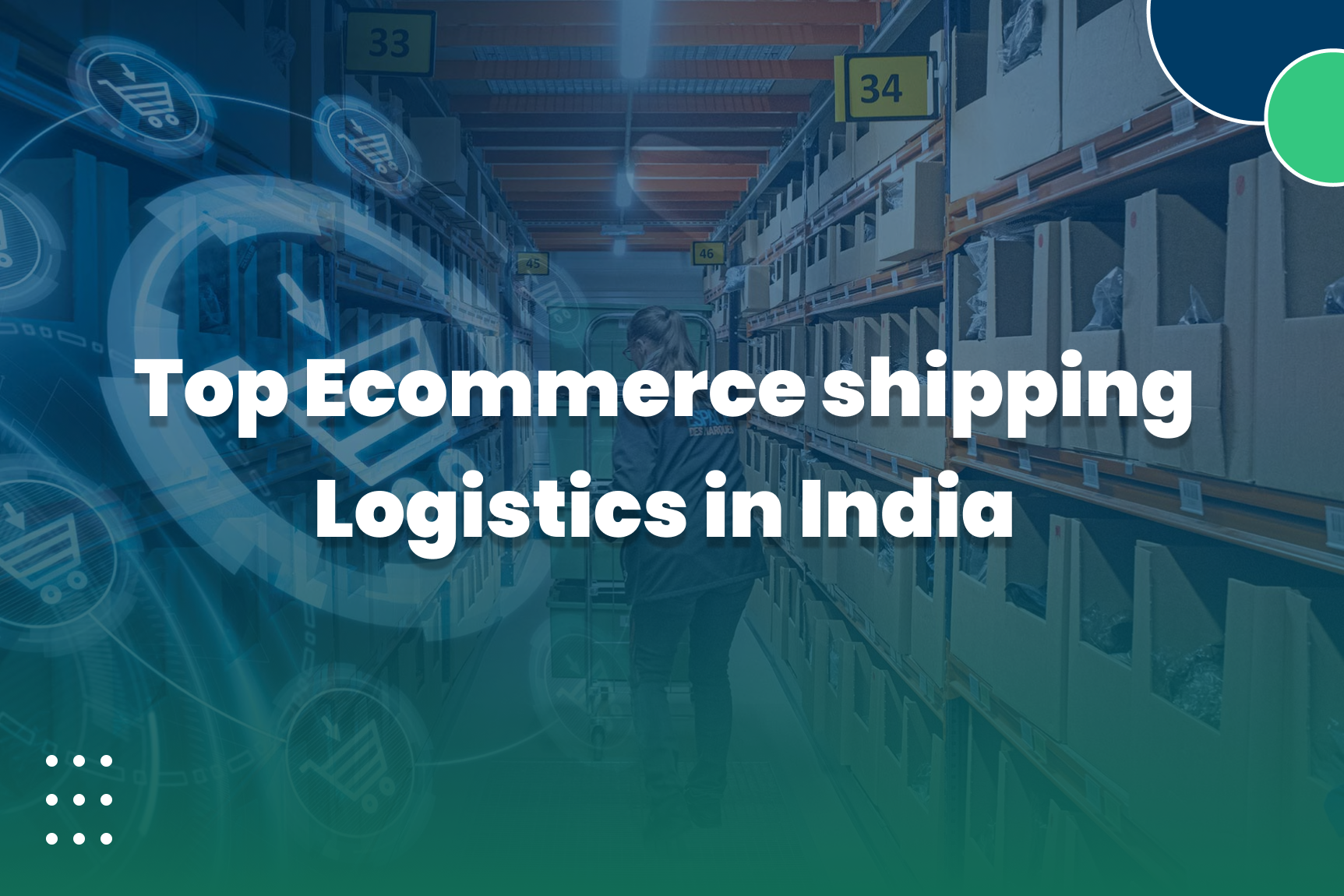
QuickDaak
Consignor Compared to Consignee: Important Differences & Shipping Guide
Understanding the functions of the consignee and consignor is essential if you are considering starting an eCommerce company. Usually, these words are employed in consignment-based companies, retail sectors, shipping, and logistics. But what do these words mean? How do they affect the selling and delivery of products?
Consignment is a process in which they have a system, where the consignor (seller) owns items until the consignee (receiver) sells them. This arrangement enables companies to enter new markets, display their goods, and foster close ties between resellers and sellers. The connection between consignee and consignor may be seen as a partnership in which the consignor supplies goods and the consignee manages the display, sales, and storage.
This blog will clarify the idea of consignment and discuss the distinctions between consignor and consignee. As a domestic shipping solution company in India, QuickDaak will also show us how it streamlines the process and offers answers for your consignment company. Whether you are a vendor wishing to increase your reach or a retailer/retailer trying to increase your inventory, this blog will assist you in negotiating the domestic shipping procedure.
Defining Consignment
A consignment is a shipment of goods shipped under a particular arrangement from the consignor (sender) to the consignee (beneficiary). Industries like shipping, transportation, retail, etc. often use consignment. Important components of a cargo delivery are:
- The consignor owns the items until they are auctioned off.
- The consignee pays the consignor in full after they have the package or once a transaction is completed.
- Though the consignor bears the risk until the items are sold, the consignee controls the products and their storage.
- Typically, unsold items are returned to the consignor.
Businesses or sellers that display their brand's merchandise in a physical shop often employ consignment. Long-term success depends on it as it enhances the connection between the provider and the reseller. Common consignment items include apparel, shoes, antiques, and crafts.
What are Consignor and Consignee?
- Consignor : A consignor could be any other kind of company, dropship operation, distributor, vendor, manufacturer, or any other form of business. The consignor sends the items to others and owns them until they are sold. They mail the things and retain ownership until they are sold.
- Consignee : The package goes to the buyer, customer, or client. This individual might be a store of the products or an end consumer. They get things and are in charge of selling them or accepting delivery. On the consignor's account, they sell and receive goods.
What are Risk Factors?
- Consignor :Until sold or delivered to the consignee, they run the risk of unsold items and potential loss.
- Consignee :Only when they touch something do they incur less danger of loss and harm. It is not their ownership risk.
What is the OwnerShip Process?
- Consignor :They own the items until they are sold.
- Consignee :They only keep the items in trust; they don't own them.
What are the responsibilities of Both?
- Consignor :They have to carry items and, in some situations, ensure them until they are sold.
- Consignee :They handle the items including sales, branding, marketing, and storage.
What is the Payment Process?
- Consignor :Payment is made to them when the consignee sells the items.
- Consignee :While maintaining their profit, they pay the consignor after selling items.
How do they manage the Inventory Process and Inventory Accounting?
- Consignor :They do not control daily inventory at consignees' sites and Until sold, they track or record the consigned items as inventory.
- Consignee :The consignee takes care of the inventory, including its presentation and storage. Though they may maintain a documents/ memorandum record, they do not count the items as inventory.
Important Differences Between the Consignor and The Consignee
Consignor
- While defining the terms and circumstances, the consignor signs a consignment agreement.
- Legally, they own the items until they are sold.
- The consignor lets the consignee sell the items on their account.
- They would have to create sales plans for consignment items.
- If previously agreed upon, they get the unsold items back from the consignee.
- The consignor is usually liable or responsible for the expense of transporting the items to the consignee depending on the arrangement.
- The profit margin is calculated by subtracting the agreed-upon fees or commission of the consignee from the final selling price.
- They create consignment agreements and shipment papers.
- They may protect the items during the consignee's ownership and throughout transit.
- They may protect the items during the consignee's ownership and throughout transit.
- They acknowledge income when the consignee disposes of the products.
Consignee
- Focussing on selling products, the consignee operates under a consignment arrangement.
- Though they keep something in trust, they do not own them.
- They sell the items per the consignor's instructions.
- Their marketing approach and product sales take centre stage.
- If agreed upon in the contract conditions, they send the consignor back the unsold items.
- If it is specified in their contract, the consignee is usually in charge of shipping expenses for returning the unsold items.
- Selling the products earns them a commission or profit.
- They report to the consignor and manage the sales paperwork.
- According to the contract, they could additionally guarantee items while they are with them.
- Investing in different types of products helps them to reach more people.
- They do not acknowledge income from the sale of items; rather, they make for a fee or commission.
QuickDaak: Offering Shipping Solutions to Navigate Domestic eCommerce
Managing the logistics and relationships between consignors and consignees in domestic eCommerce may be difficult. QuickDaak provides thorough shipping solutions that guarantee seamless, effective domestic delivery and streamline the procedure. These are some capabilities or options QuickDaak provides for consignees and consignors to negotiate the domestic market.
- Easy domestic shipping procedure
- Effective logistics control
- Affordable
- Tracking in real-time
Conclusion
In the changing world of domestic commerce and eCommerce, knowing the link and distinction between consignee versus consignor is crucial. QuickDaak is a domestic shipping solution company in India. The consignment procedure and the cooperation between the consignee and consignor may provide a flexible approach to inventory control, improve connections between sellers and resellers, and increase market possibilities. In the end, for companies, knowing and using the dynamics of consignment will help to boost profitability and facilitate domestic commerce.
By providing efficient and smooth shipping solutions to simplify domestic business, QuickDaak closes potential gaps and problems between consignors and consignees. This simplifies logistics and enables consignees and consignors to control their inventory more efficiently. Now is the time to act and equip your company with the appropriate shipping solutions and consignment tactics for today.








